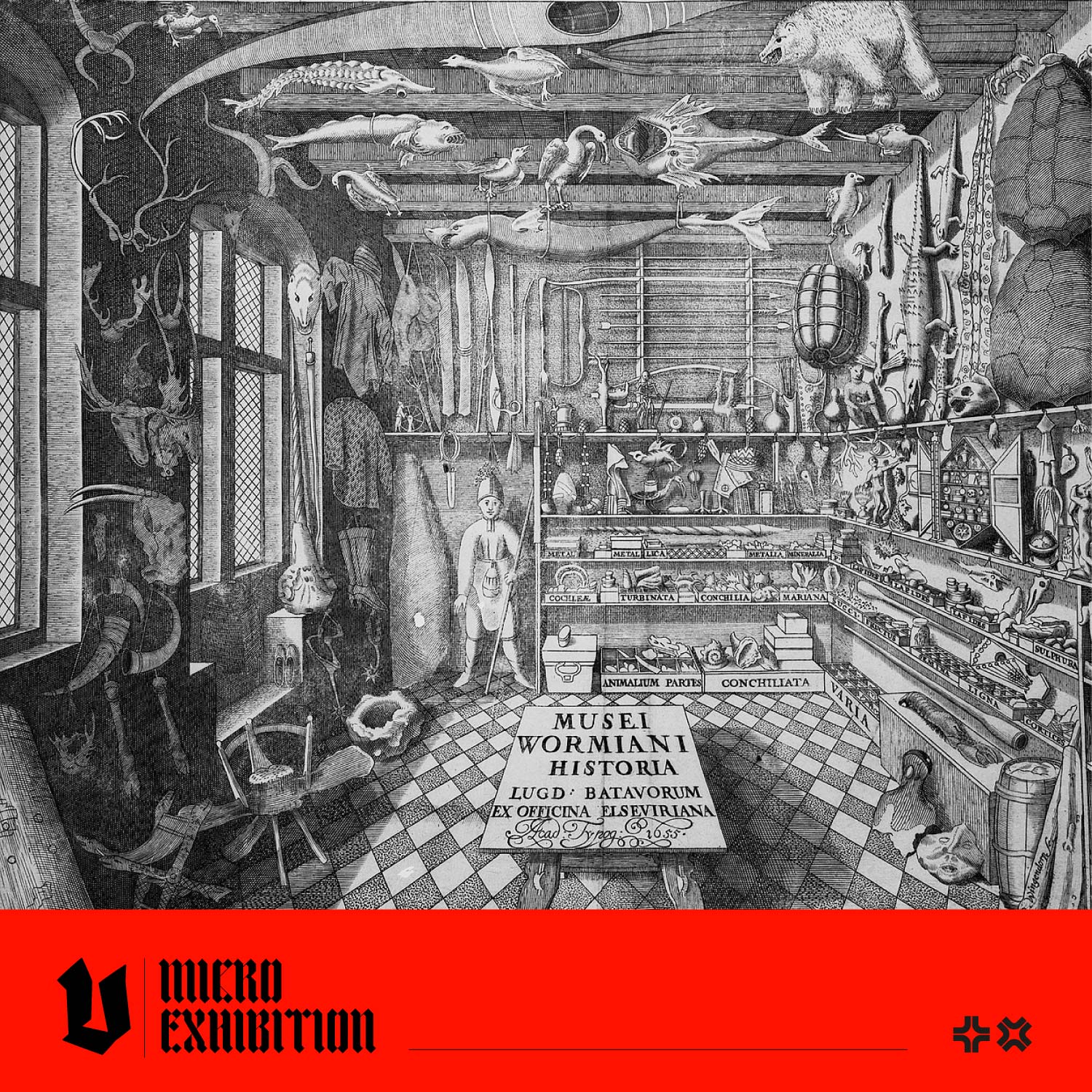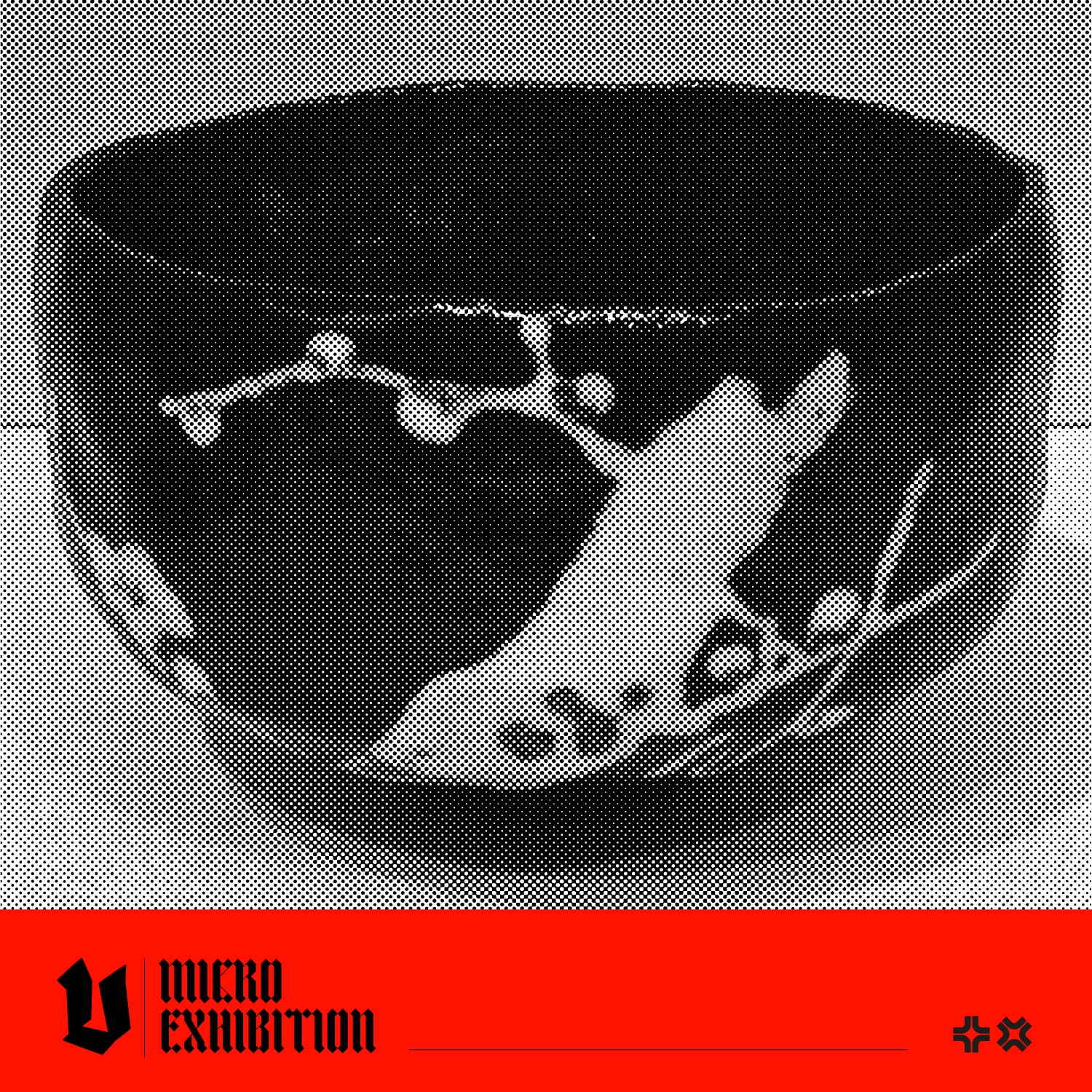Five Tips to Overcome Creative Blocks: A Guide for Visual Artists and Designers
Do you ever feel like you want to create but need a spark of inspiration to get started? Or maybe you're struggling to get motivated to continue a piece because it's just not coming together. We hear you! Creative blocks are incredibly frustrating, but it's also a natural part of the process. Today, we'll share five simple strategies to help you overcome these hurdles and reignite your artistic spark. We've also included some quotes from famous artists about inspiration, art and creativity.
Let's go!

'Nighthawks' by Edward Hopper who said, “If I could say it in words there would be no reason to paint.”
Warm-Up Techniques to Ignite Your Imagination
Engaging in creative exercises before you start creating is like tuning an instrument before a performance—it prepares the mind and hones the creative senses. Begin your creative sessions with simple activities like doodling, quick sketches, or freeform patterns. These exercises can help ease you into your creative flow without the pressure of producing art that you'll refine or work on. Try experimenting with different materials, colours, and techniques from what you'd usually use. These warm-up activities stimulate your imagination and help you reconnect with the joy of creating.
Overcoming Perfectionism: Embracing Imperfections in Your Creative Process
Perfectionism can be a big roadblock for visual artists and designers, and pursuing perfection can stifle creativity and lead to self-criticism. Embrace that idea imperfections are part of the artistic journey and can lead to unexpected and beautiful results. (Check out our article on Wabi-Sabi for some examples!) As Bob Ross would say, embrace the 'happy accidents' – those unplanned elements that sometimes appear in your work, and add a touch of spontaneity into your creative process.
Changing Your Environment: A Quick Walk Outside
Walking outside can be a very simple way to dislodge a creative block. Getting some fresh air and breaking away from your workspace can provide a refreshing change of environment and stimulate new ideas and perspectives. The University of Stanford found that walking helped a person's creativity increase by an average of 60%.

|
Creative Prompts and Challenges: Unlocking Your Imagination
Creative challenges help spark ideas by introducing constraints and objectives that encourage people to think outside their usual boundaries. This structure can help you avoid feeling overwhelmed and allows you to focus on producing work. Introducing new creative prompts can encourage ideas that might not have occurred to you otherwise, and daily challenges can help you establish a creative routine. There are many fantastic creative challenge communities for you to join - from Inktober to 36DaysofType; there's something out there for everyone.
 |
'Danaë' - by Gustav Klimt who said, “Art is a line around your thoughts.”
Using Meditation to Boost Creative Thinking
Meditation is a powerful tool that can help clear the mental clutter often accompanying creative blocks. Taking the time to look within can help you identify the root causes of your creative block, whether it's self-doubt, anxiety, or burnout. Once you recognise these obstacles, you can take steps to address them. Here's a simple ten-minute meditation exercise for you to try.
1: Find a Quiet Space
Choose a quiet and comfortable place where you won't be disturbed. Sit in a chair or on the floor with your back straight but relaxed and your hands resting on your lap.
2: Focus on Your Breath
Close your eyes gently and take a few deep breaths to centre yourself. Then, allow your breathing to return to its natural rhythm. Pay close attention to the sensation of your breath as you inhale and exhale.
3: Clear Your Mind
As thoughts arise, acknowledge them without judgment, and then let them go; you'll think about them another time.
4. Body Scan
Shift your attention to your body. Begin at the top of your head and slowly scan down to your toes, noticing any areas of tension or discomfort. Are your shoulders hunched by your ears? Shug them out. Has your posture slipped? Reset yourself so you're sitting straight and tall.
5: Engage Your Senses
Now, engage your senses. Focus on the sounds around you, whether they're distant or nearby. Listen without trying to label or judge the sounds. Then, shift your attention to the physical sensations in your body, the feeling of the surface beneath you, and any smells or tastes in the air.
6: Visualise Your Creative Space
Imagine a space where your creativity resides. It could be a serene garden, an open field, or an imaginary world - anywhere that feels peaceful and inspiring. Picture yourself in this space, free to explore and create without limitations.
7: Creative Breath
As you continue to breathe naturally, imagine each inhale as drawing in inspiration and creative energy from your chosen space. Visualise your creative ideas flowing into your mind with each breath.
8: Creative Intentions
Set a positive intention for your creative work. This could be a theme to explore in your practice or a feeling you want to channel as you create. Hold this intention as you breathe and imagine your creative space.
9: Gratitude and Closure
Slowly bring your awareness back to your physical surroundings, gently wriggle your fingers and toes, nod your head and shrug your shoulders, and when you're ready, slowly open your eyes. Take a moment to express gratitude for giving yourself this time of mindfulness and creative connection.
 |
Creative blocks are a common part of the artistic journey, but they don't have to hold you back. By incorporating mindfulness, walking and warm-up techniques, a release from perfectionism, and experimenting with prompts into your creative routine, you can break free from creative blocks and help your imagination flow freely, even in the face of challenges. Why not try one of these today and see how you feel after?




